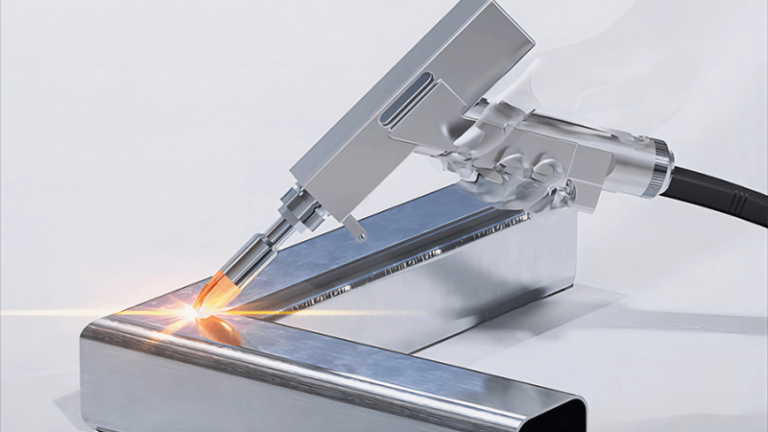When you first hear about laser cutting machines, it might sound like high-end tech reserved for advanced factories. But the truth is, fiber laser cutting machines are now transforming how businesses handle metal fabrication worldwide.
A laser cutting machine uses a high-powered laser beam to cut, engrave, or shape materials like metal, plastic, or wood with extreme precision and speed. It’s widely used in manufacturing, automotive, and construction industries for its accuracy and efficiency.
In my years working with fiber laser cutting machines at Kirin Laser, I’ve seen how these machines do more than just cut metal—they revolutionize production. From speeding up output to reducing waste, they turn traditional processes into high-performance systems that redefine what’s possible in fabrication.
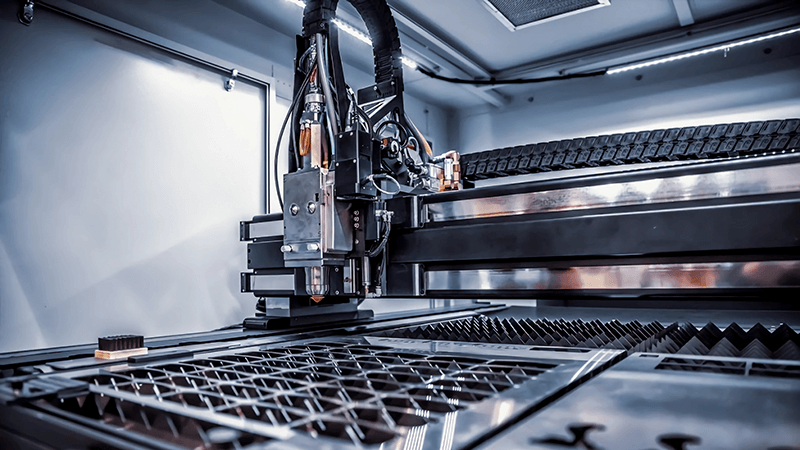
What are the applications of laser cutting?
Many businesses underestimate how broad the applications of laser cutting can be. I’ve worked with companies that started with simple projects, then expanded into complex, high-precision manufacturing—all powered by fiber laser cutting.
Laser cutting is used in sheet metal fabrication, automotive manufacturing, signage, electronics, and precision engineering. It enables accurate cuts on metals like stainless steel, aluminum, copper, and brass, making it ideal for both prototyping and mass production.
Versatility Across Industries
Laser cutting’s adaptability1 is what makes it a game changer. Whether you’re producing car parts or custom jewelry, the technology scales easily. Below is a simple breakdown:
| Application Area | Typical Material | Benefit |
|---|---|---|
| Metal Fabrication | Steel, Aluminum | Clean edges, high throughput |
| Automotive | Stainless steel, Alloy | Precision for safety components |
| Signage | Acrylic, Metal | Smooth, polished finish |
| Electronics | Thin Metals | Micro-level accuracy |
| Construction | Structural Steel | Fast cutting for large projects |
When I introduced a fiber laser cutting solution2 to a client producing electrical enclosures, their throughput doubled. They eliminated the need for post-grinding, and production time fell dramatically. That’s the power of laser precision—once you try it, there’s no going back.

What is a laser cutting machine used for?
If you ask ten manufacturers why they use a laser cutter, you’ll likely get ten different answers. But one theme connects them all: precision.
A laser cutting machine is used to produce detailed and accurate cuts for various materials. It’s commonly used for cutting, engraving, drilling, and marking, delivering cleaner results than traditional cutting tools.
Breaking Down Its Core Uses
Let’s take a closer look at what makes fiber laser cutting machines3 so effective:
| Use Case | Description | Key Advantage |
|---|---|---|
| Cutting | Cutting metals with fine precision | Smooth edges, no burrs |
| Engraving | Creating permanent markings or logos | High detail and consistency |
| Drilling | Micro-holes in metal or composite materials | Accuracy on small scale |
| Trimming | Adjusting final product dimensions | Fast and repeatable |
One of my clients once relied on plasma cutters4 to process stainless steel. The edges always needed grinding, and production was slow. After adopting a fiber laser cutter from Kirin Laser, they cut that time in half and achieved perfect edges with no touch-ups. That shift alone improved their productivity and profit margins instantly.
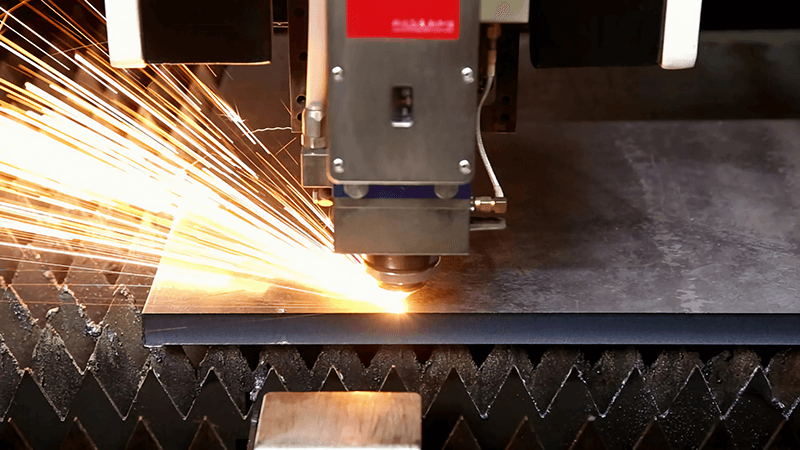
What industries need laser cutting?
It’s easy to assume that only big factories or tech companies use laser cutters. In reality, I’ve seen small workshops gain massive efficiency boosts just by integrating fiber laser technology.
Industries such as manufacturing, automotive, aerospace, construction, medical, and electronics rely on laser cutting for precision, repeatability, and cost efficiency. It allows businesses to handle both mass production and custom fabrication with ease.
Where Laser Cutting Makes the Difference
Let’s explore the key sectors driving adoption:
| Industry | Example Product | Why Laser Cutting5? |
|---|---|---|
| Manufacturing | Machine parts | Speed and accuracy |
| Automotive | Body panels, exhaust parts | Precise shaping |
| Aerospace | Engine components | Reliability under high stress |
| Medical | Surgical instruments | Fine tolerance cuts |
| Construction | Steel beams, panels | High throughput and safety |
At Kirin Laser, we work with clients in all these sectors. Many started with traditional cutting systems but shifted after realizing the cost and quality advantages of fiber lasers6. When you can make thousands of consistent cuts without tool wear, your business gains both quality and time.
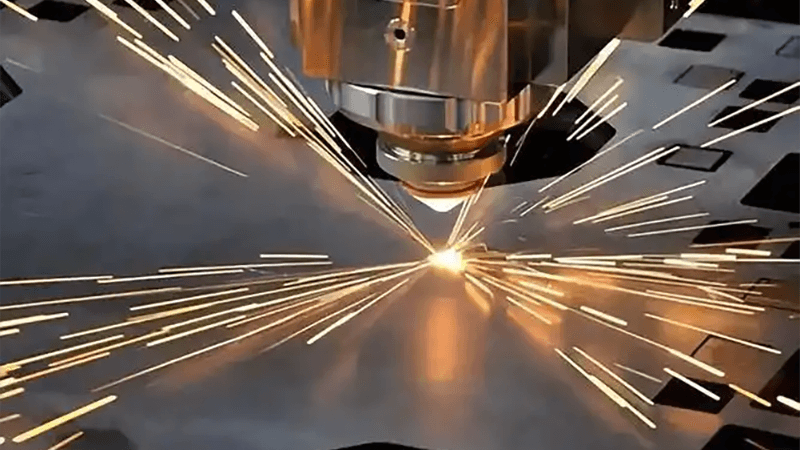
What to look for when buying a laser cutter?
Choosing the right fiber laser cutting machine can make or break your workflow. I’ve seen buyers focus only on price, and later regret not considering long-term reliability or service.
When buying a laser cutter, check its laser source power, cutting speed, compatibility with materials, precision, and after-sales support. Always work with suppliers who offer customization and technical training.
Key Factors to Evaluate
Here’s what I always advise clients to review before making a decision:
| Factor | Why It Matters | Kirin Laser Advantage |
|---|---|---|
| Laser Power7 | Determines thickness capacity | Customizable from 1kW–12kW |
| Cutting Bed Size | Defines workpiece limits | Various configurations |
| Control System | Affects accuracy and ease | Smart interface with automation |
| Maintenance | Impacts uptime | Long-term parts support |
| After-Sales Service8 | Ensures reliability | Global technical assistance |
I recall helping a U.S. distributor set up their first fiber laser cutter. They were hesitant about after-sales support. Once they saw how our Kirin Laser team handled installation, training, and follow-up, their confidence grew. A year later, they had tripled production and expanded their product line.
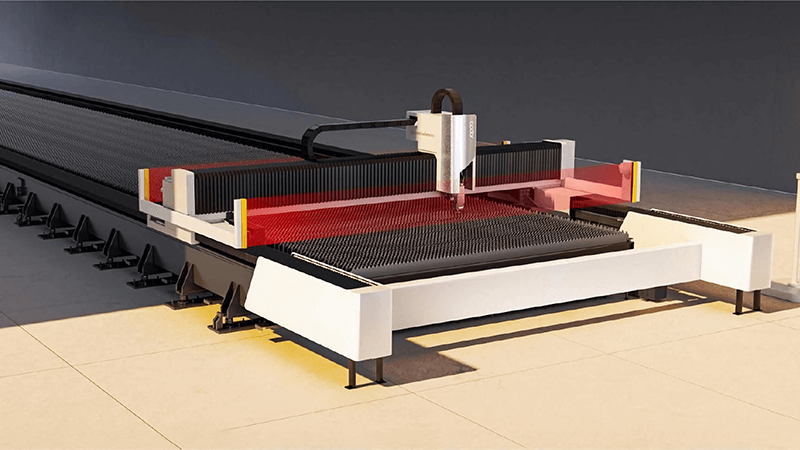
Conclusion
Laser cutting machines9 have redefined modern manufacturing. From metal fabrication to aerospace engineering, their precision and flexibility make them indispensable. Through my experience at Kirin Laser, I’ve seen how investing in a quality fiber laser cutter doesn’t just boost production—it reshapes entire workflows. With the right machine, you don’t just cut metal; you cut costs, time, and limitations.
-
Discover how laser cutting's versatility enhances efficiency and precision across various sectors, from automotive to electronics, boosting productivity. ↩
-
Discover how fiber laser cutting solutions can enhance production efficiency and reduce costs in manufacturing. ↩
-
Discover how fiber laser cutting machines enhance precision and efficiency in manufacturing, leading to better productivity. ↩
-
Learn about the differences between plasma cutters and fiber laser cutting machines to make informed decisions for your projects. ↩
-
Discover how Laser Cutting enhances precision and efficiency in manufacturing, revolutionizing production processes. ↩
-
Learn about the advantages of fiber lasers in cutting technology and how they can elevate your production capabilities. ↩
-
Exploring laser power insights can help you choose the right equipment for your cutting needs. ↩
-
Understanding after-sales service can enhance your confidence in equipment reliability and support. ↩
-
Finding the best laser cutting machine and laser cutting solutions from Kirin Laser, clicking this link to get all your needs for your business. ↩





